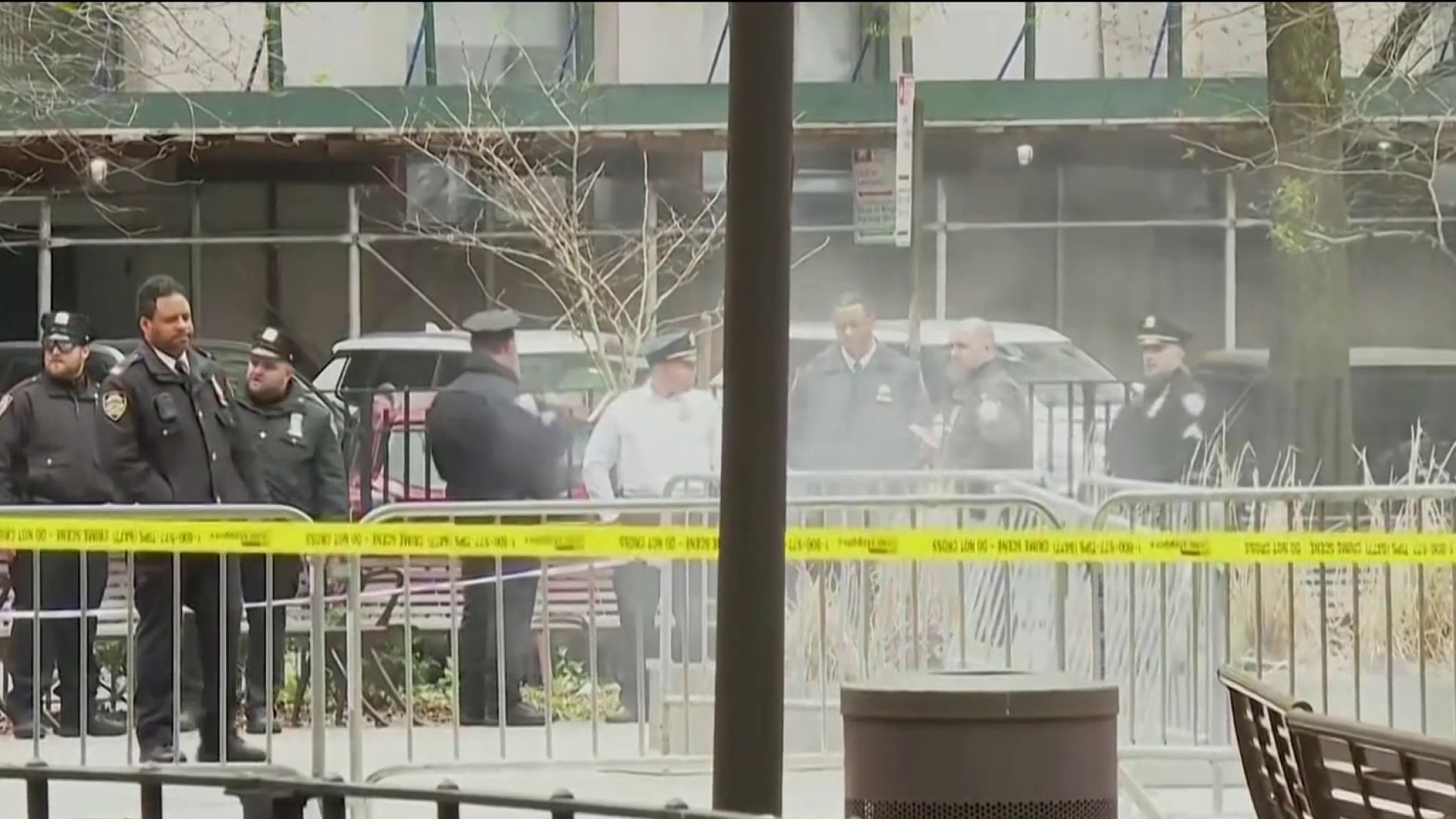Art Castanares sat through eight days of testimony and seven hours of intense deliberations as a jury member in the trial of Constantion Banda, a 15-time deportee accused in a DUI hit-and-run crash that seriously injured a boy on his way home from Disneyland.
In the end, Castanares was one of seven jurors who voted to acquit the defendant, knowing a hung-jury would deeply disappoint and hurt the victim and his family.
“I know they want closure. I know they want somebody to pay for it,” Castanares told NBC 7. “But in some cases there just isn’t justice, because we don’t have evidence.”
Castanares said the 12-person jury took four votes during deliberations. The votes ranged from 10-2 for acquittal to the final vote of 7-5 for acquittal. He said jurors spent hours debating the most important aspect of the case.
“The only decision for us was, was (Banda) driving at the moment of the impact?" Castanares said.
The defense argued that Banda’s friend was driving, and the jury saw video of that man behind the wheel just minutes before the crash. Banda also denied that he was driving when his vehicle hit the victims’ car.
The prosecutor presented compelling evidence that Banda was behind the wheel when police arrived at the accident scene. Evidence against Banda also included post-arrest photos of him that showed a bruise on his torso. Castanares said the prosecutor argued that the bruise was caused by the driver’s side seat belt, at the time of impact.
U.S. & World
But the jury also learned that Banda had been in a fight before the crash, and had bruises and abrasions on other parts of his body. Castanares said he and several other jurors felt the defense had a reasonable explanation for the bruise on the torso: that it had been the result of a punch Banda took during the fight.
“And when you look at the picture (of the bruise), and put your fist up against it, it actually had three (markings), like (knuckles) on a fist,” Castanares said.
In the end, Castanares said the prosecution’s case could not overcome the “reasonable doubt” standard that protects defendants from wrongful conviction.
"And we couldn't weigh what his immigration status was, or whether he was a hot-head, or whether he and his wife were having a fight,” he said of other evidence, testimony and argument they heard during the trial. “None of that would prove who was driving the car."
“I did not think he couldn’t have done it,” Castanares explained. “But the evidence did not prove he did it. And the way our system works is, if it's not proven, you have to acquit."
Castanares has four children, and his youngest is a 7-year-old boy. He said that made him painfully aware of the terrible impact the crash had on the young victim and his family.
“But to convict a person with less than adequate evidence is another tragedy,” he said. “You’re just compounding the family’s tragedy with another tragedy.”
Castanares said he wants the family and the prosecutor to know that the five jurors who voted to acquit the defendant weighed the evidence thoroughly, and found it lacking.
“We couldn’t pervert the law to appease the family,” he said. “This is the system. This is the way it works.”



